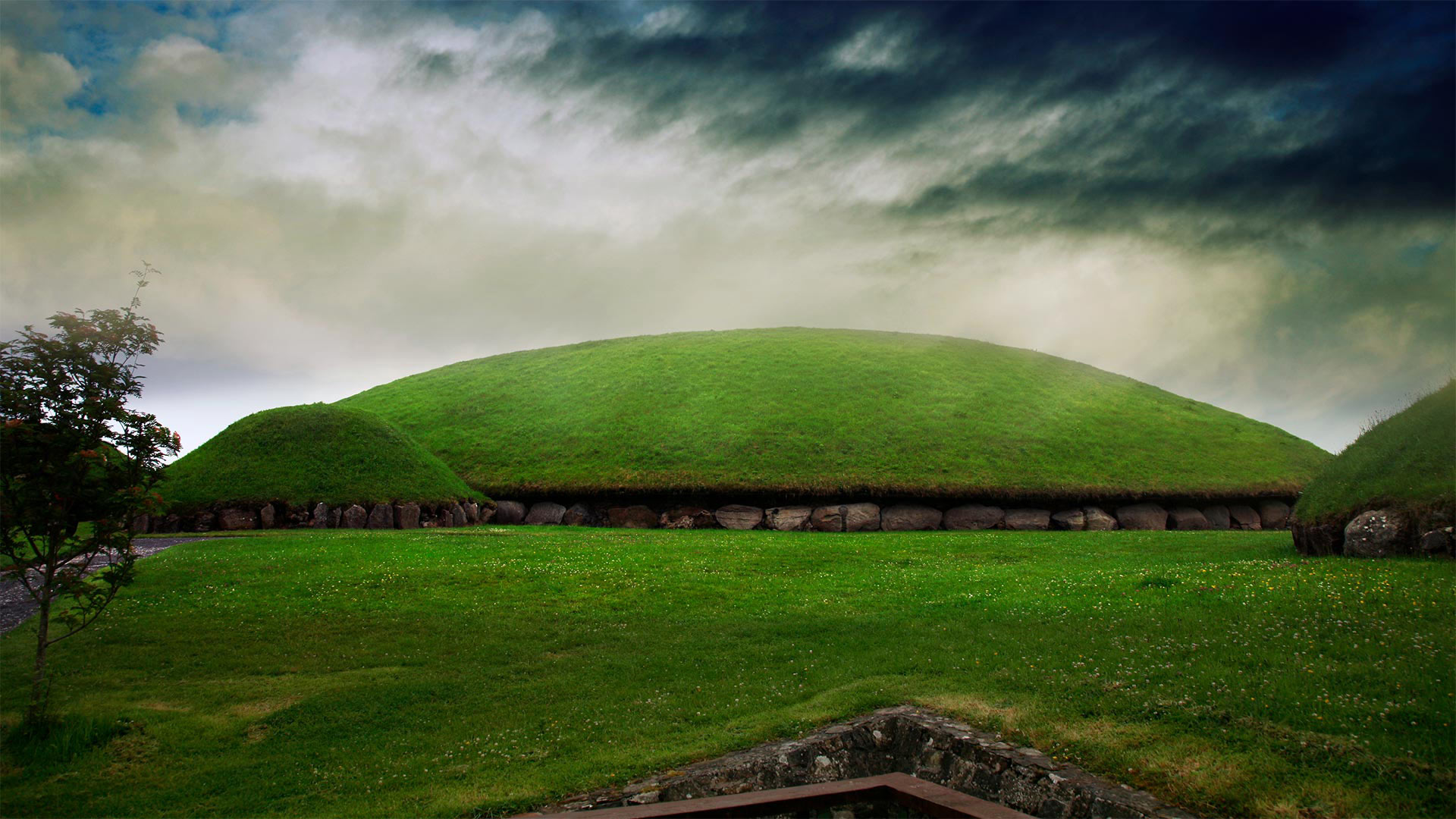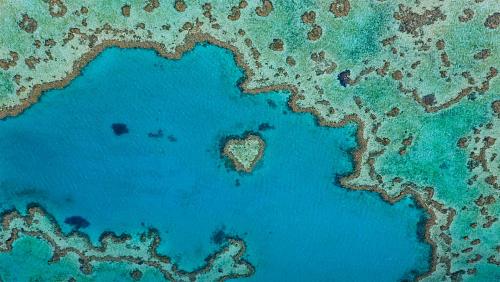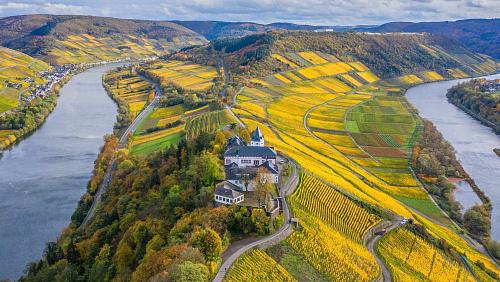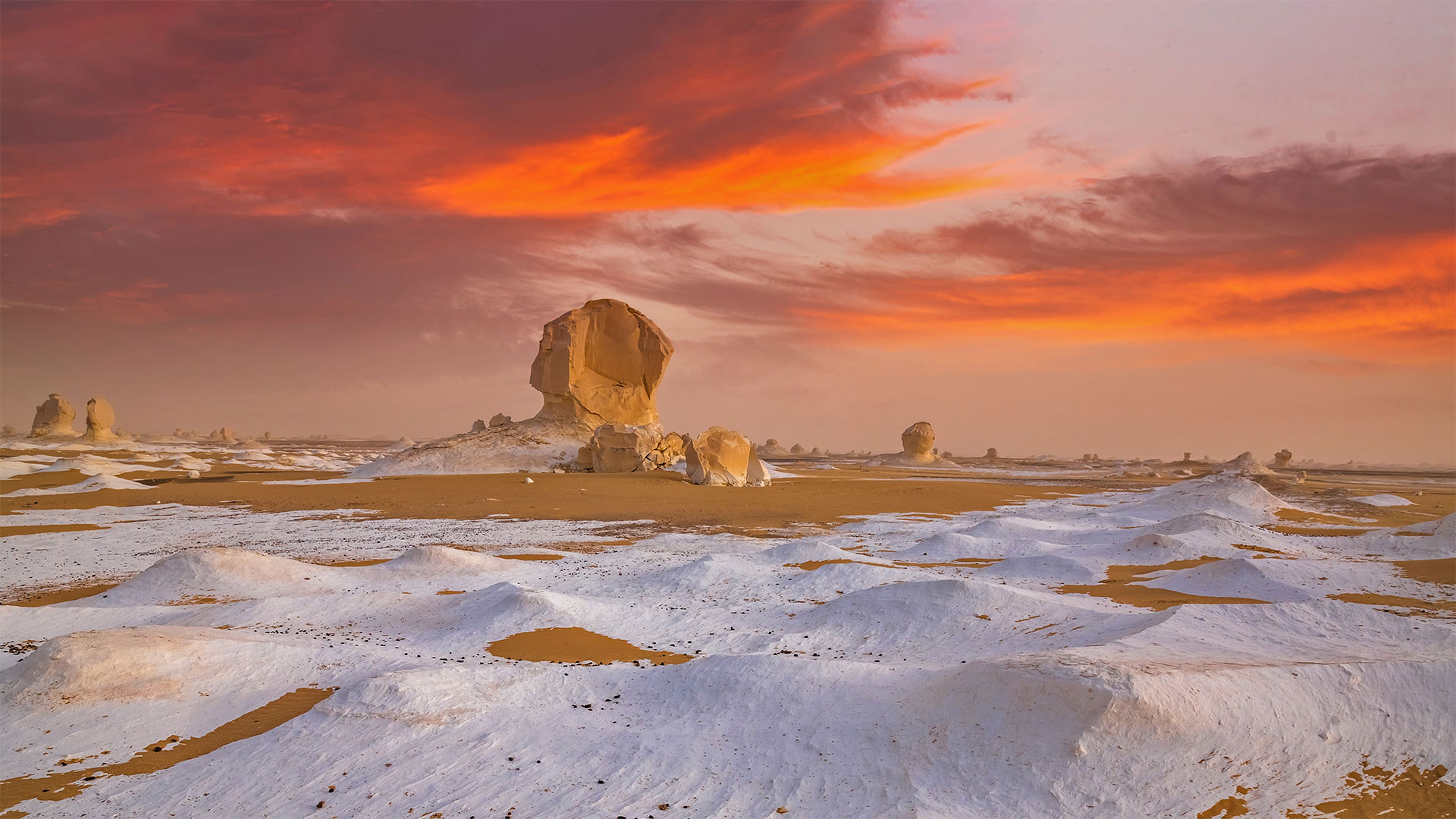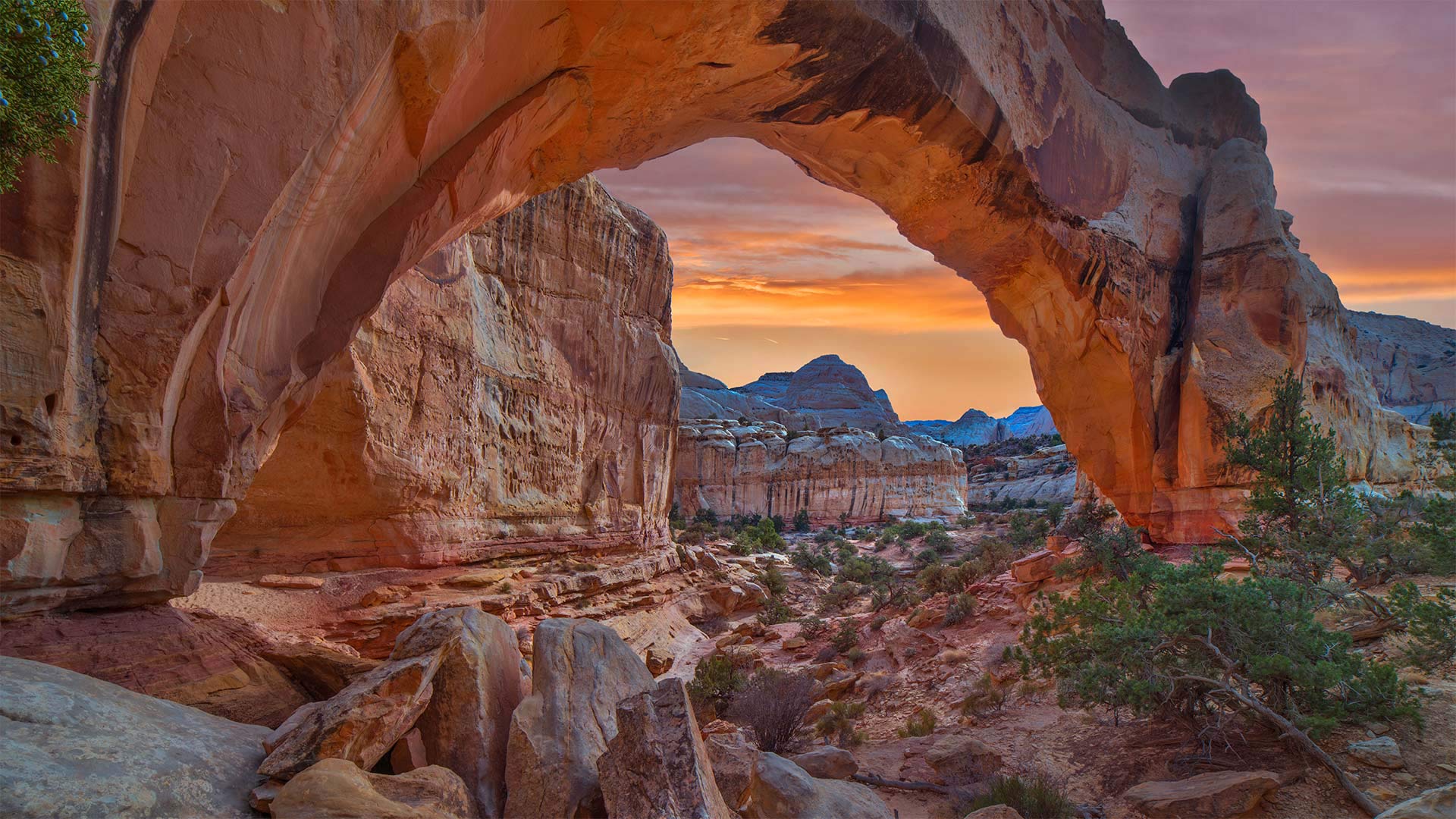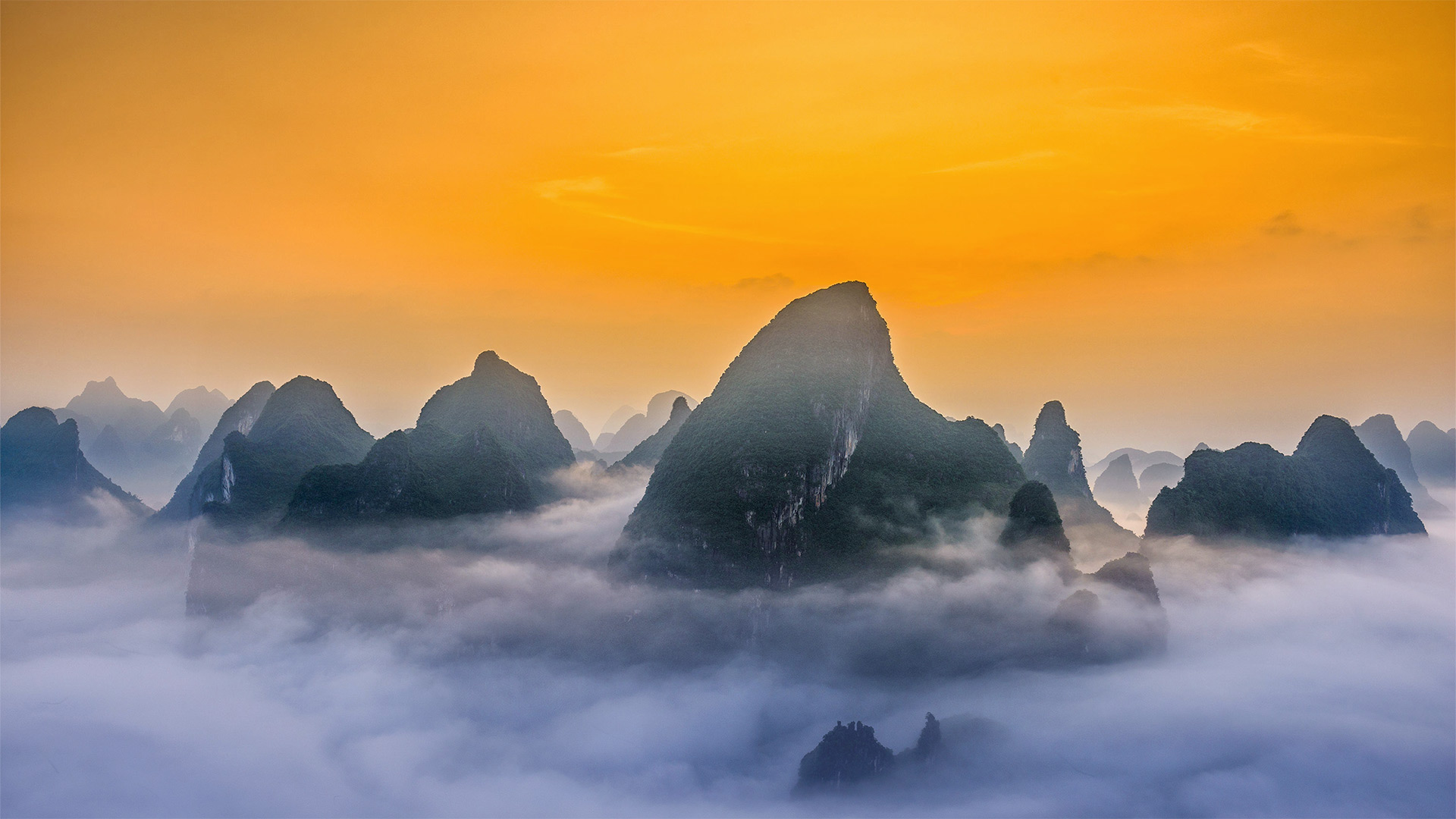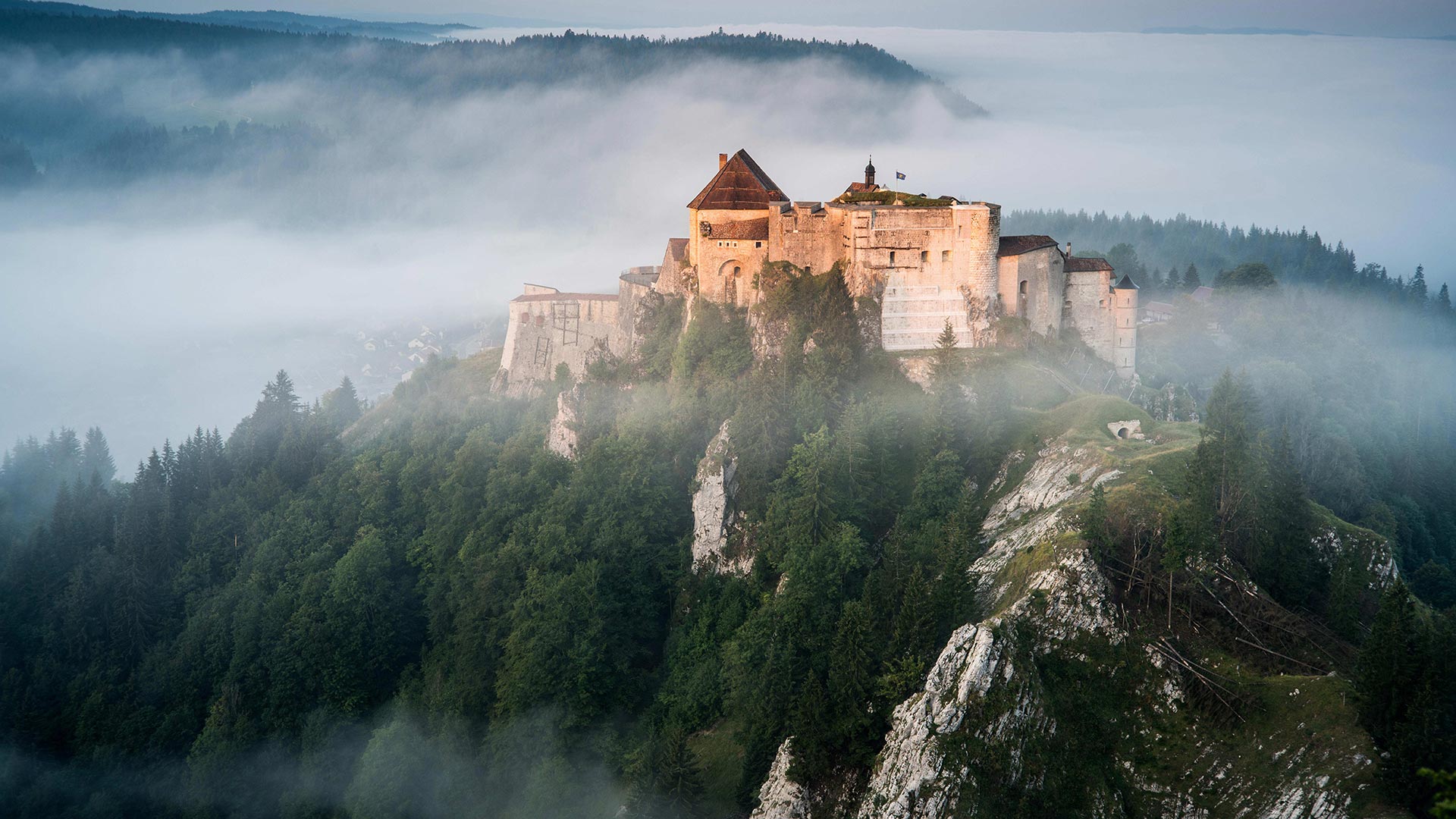From the lush rainforests of the Amazon to the icy tundras of Antarctica, the biodiversity of our planet is truly awe-inspiring. Biodiversity refers to the variety of life forms on Earth, from plants and animals to fungi and microorganisms. This diversity is crucial for the health and well-being of our planet, as each species plays a unique role in maintaining the delicate balance of ecosystems.
Exploring the biodiversity of our planet presents a fascinating journey through different habitats and ecosystems, each teeming with a multitude of species. The sheer number of species on Earth is staggering, with scientists estimating that there are between 8.7 and 10 million species in existence, though only a fraction of these have been discovered and named.
One of the most biodiverse regions on Earth is the Amazon rainforest, which is home to an estimated 10% of the world’s known species. This tropical paradise is a haven for a wide variety of plants, animals, and insects, many of which are found nowhere else on Earth. From colorful birds like macaws and toucans to elusive jaguars and tree frogs, the Amazon is a treasure trove of biodiversity waiting to be explored.
In contrast, the frozen landscapes of Antarctica may seem barren at first glance, but they are home to a surprising array of life forms. Penguins, seals, and whales thrive in the frigid waters surrounding the continent, while mosses and lichens cling to rocky outcrops on the mainland. Despite the harsh conditions, these hardy creatures have adapted to survive in one of the most extreme environments on Earth.
Closer to home, the biodiversity of our own neighborhoods may be overlooked, but it is just as important as the exotic species found in far-flung corners of the globe. Urban parks, meadows, and forests are havens for a host of plants and animals, from the humble earthworm to the majestic oak tree. By exploring these local ecosystems, we can gain a greater appreciation for the interconnected web of life that surrounds us.
Protecting and preserving biodiversity is crucial for the health of our planet and the well-being of future generations. Loss of habitat, pollution, and climate change are just some of the threats facing the world’s biodiversity, but there are steps we can take to address these issues. Supporting conservation efforts, reducing our carbon footprint, and advocating for sustainable practices are just a few ways we can help protect the diversity of life on Earth.
In conclusion, exploring the biodiversity of our planet is a truly enriching experience that allows us to marvel at the wonders of the natural world. From the depths of the ocean to the heights of the mountains, every habitat is teeming with a multitude of species, each playing a vital role in maintaining the delicate balance of ecosystems. By appreciating and protecting the diversity of life on Earth, we can ensure a brighter future for all species that call our planet home.
—
### FAQs
#### What is biodiversity?
Biodiversity refers to the variety of life forms on Earth, from plants and animals to fungi and microorganisms. It encompasses the diversity of species, genetic diversity within species, and the variety of ecosystems in which they exist.
#### Why is biodiversity important?
Biodiversity is crucial for the health and well-being of our planet, as each species plays a unique role in maintaining the delicate balance of ecosystems. It provides essential services like pollination, nutrient cycling, and pest control, and contributes to human well-being through food, medicine, and cultural values.
#### How can we protect biodiversity?
There are many ways to protect biodiversity, including supporting conservation efforts, reducing our carbon footprint, advocating for sustainable practices, and raising awareness about the importance of biodiversity. By taking action at the local, national, and global levels, we can help safeguard the diversity of life on Earth for future generations.
